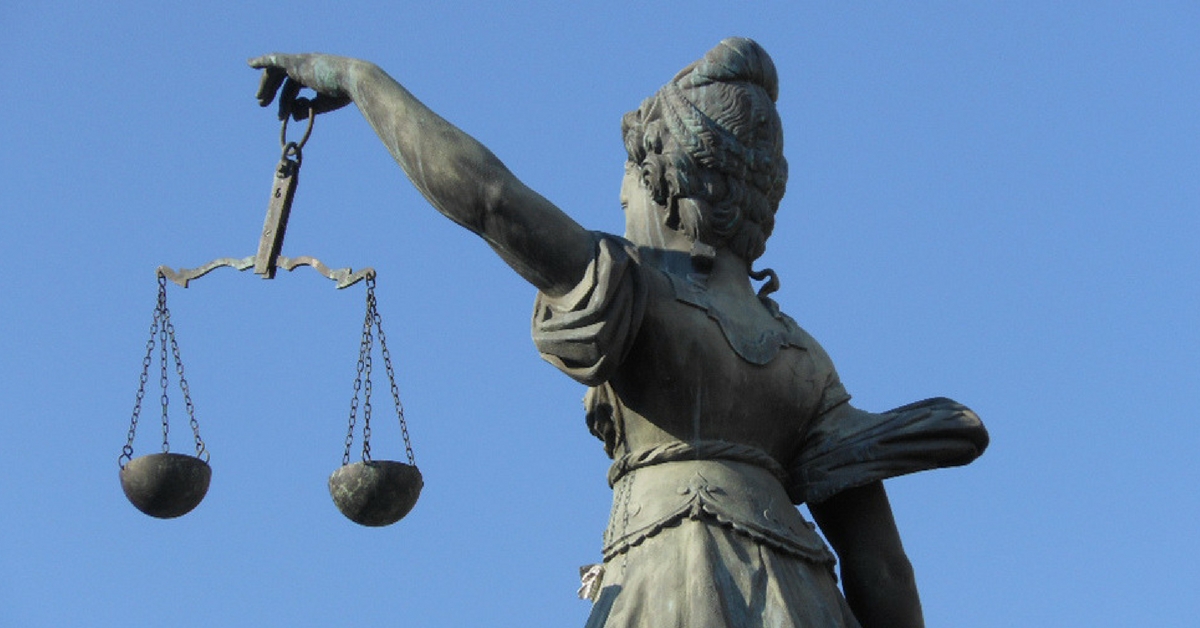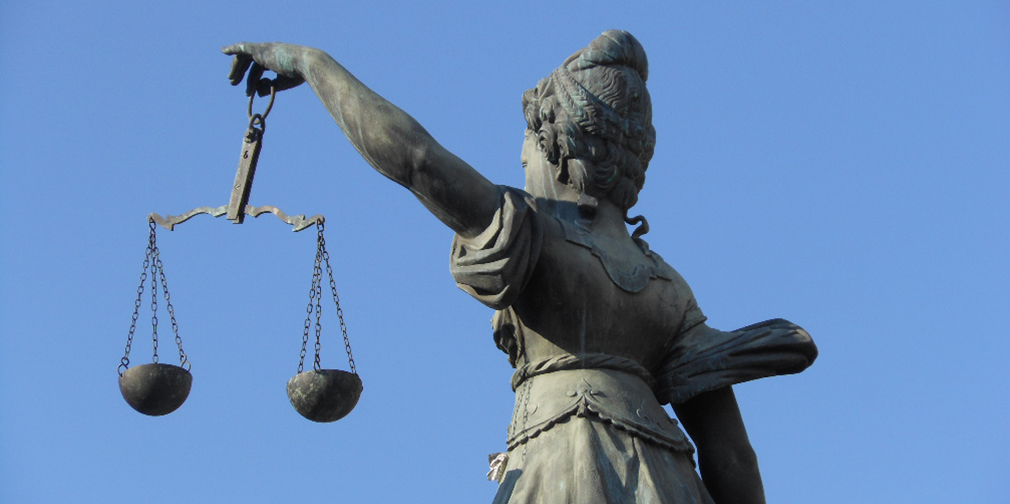TBI Blogs: Public Interest Litigation 101 – Everything You Need to Know About Filing PILs
PIL is a weapon given to the public which can be used when the intention is of public interest.

A PIL, as the name suggests, is litigation with the intention of protecting the public interest, and interestingly, doesn’t include the aggrieved party filing it! A Public Interest Litigation (PIL) can be filed by the court itself or by a private party. It is not necessary, for the exercise of the court’s jurisdiction, that the person who is the victim of the violation of his/her right should personally approach the court.
A PIL proves to be useful in such cases where the victim fails to gather the necessary resources to commence litigation, or his/her freedom to move court has been suppressed, threatened, or encroached upon. Once filed, the court can update itself on the matter and proceed suo motu, or cases can commence on the petition of any public-spirited individual. The movie Jolly L.L.B. famously shows how this judicial instrument empowers the people of our country.
Prior to the 1980s, it was only the aggrieved party who could personally knock on the doors of justice and seek remedy for their grievances, while a person who was not personally affected could not approach the court as a proxy for the victim or the aggrieved party. In other words, only the affected parties had the locus standi (standing required in law) to file a case and continue the litigation, and the non-affected persons had no right to do so.
This resulted in disruption of the link between the rights guaranteed by the Constitution of the Indian Union and the laws made by the legislature, and the illiterate population of India.
Thus, there was a need to have amendments, thereby allowing atrocities against many to be put to rest.

Post Emergency, the Supreme Court tackled the problem of access to justice by people through radical changes and alterations made in the requirements of locus standi and of the party aggrieved. It was Justice P N Bhagwati and Justice V R Krishna Iyer whose efforts played major roles in the juristic revolution of the 80s, to convert the Apex Court of India into a Supreme Court for all Indians. They recognized the importance and urgency of providing access to justice to the poor and the exploited by relaxing the rules of standing.
The post-Emergency period gave rise to investigative journalism, and gory scenes of governmental lawlessness, repression, and custodial violence were brought to the notice of lawyers, judges, and social activists.
The PIL, hence, emerged as a result of an informal nexus of pro-active judges, media persons, and social activists.
Filing a Public Interest Litigation:
First, make the informed decision to file a PIL. Then, consult the aggrieved groups/person and be prepared for what could follow. Filing a PIL in India is a tedious, time-consuming, and costly affair. Formally, the case should satisfy the following conditions:
- The issue should pertain to a disadvantaged section of society.
- The issue should have arisen due to the breach of public duty or violation of the Constitution. (Violation of constitutional rights is necessary. One should keep in mind that the constitution guarantees a decent life, and therefore, the ambit for interpretation is large.)
- The person who is taking up this matter to the court should have sufficient interest. This would not be a big deal, as the law and decisions encourage public-spirited citizens to take up the matters of less-privileged and disadvantaged people to court when there is denial of justice.
Finally,
- Collect all the relevant information.
- Be ultra-careful in gathering details for use in the case. (For example, if you plan to use photographs, retain the negatives and take an affidavit from the photographer, retain bills, etc.)
- Write to the relevant authorities and be clear about your demands.
- Maintain records in an organized fashion.
- Consult a lawyer on the choice of forum.
- Engage a competent lawyer. If you are handling the matter yourself, make sure you get good legal advice on the drafting.
- Only a registered organisation can file a PIL. If you are unregistered, please file the PIL in the name of an office bearer/member in his/her personal capacity.
- You may have to issue a legal notice to the concerned parties/authorities before filing a PIL. Filing a suit against the government requires issuing a notice to the concerned officer/department at least two months prior to filing.

In High Court
If you file a Public Interest Litigation in a High Court, you must file two (2) copies of the petition. Also, you must serve an advance copy of the petition to each respondent, i.e., opposite party, and affix proof of service on the petition.
In Supreme Court
To file a Public Interest Litigation in the Supreme Court, you must file four (4) + one (1) (i.e. five (5)) sets of petitions. The opposite party receives the copy only when the Court issues the notice.
Court Fees
The applicant must affix a Court Fee of ₹50 per respondent (each member of the opposite party) on the petition.
For legal advice and assistance, check out the Lawyered website.
Like this story? Or have something to share? Write to us: [email protected], or connect with us on Facebook and Twitter.
NEW: Click here to get positive news on WhatsApp!
If you found our stories insightful, informative, or even just enjoyable, we invite you to consider making a voluntary payment to support the work we do at The Better India. Your contribution helps us continue producing quality content that educates, inspires, and drives positive change.
Choose one of the payment options below for your contribution-
By paying for the stories you value, you directly contribute to sustaining our efforts focused on making a difference in the world. Together, let’s ensure that impactful stories continue to be told and shared, enriching lives and communities alike.
Thank you for your support. Here are some frequently asked questions you might find helpful to know why you are contributing?


This story made me
-
97
-
121
-
89
-
167













